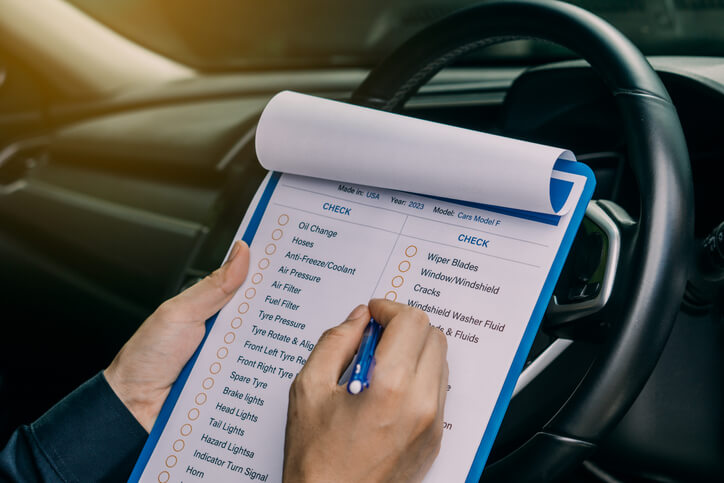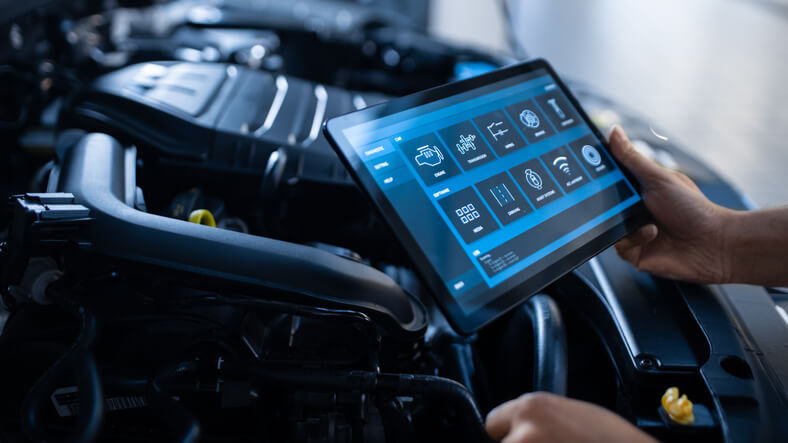Mastering the Visual Inspection: What Auto Mechanic Training Students Often Miss
The visual inspection might seem like a basic step, but it’s often the one where costly mistakes are made. If you’re enrolled in auto mechanic training, you’ve likely heard that this initial step sets the stage for the entire diagnostic and repair process.
Here’s the truth: many students and even new graduates overlook critical cues simply because they haven’t trained their eyes to spot the less obvious.
Why Visual Inspections Matter So Much
Before a scan tool is connected or a vehicle is lifted, a thorough visual inspection provides mechanics with a baseline understanding of potential issues. From fluid leaks to corroded wires, worn belts to misaligned tires, a lot can be discovered by simply looking, provided you know what to look for.
The difference between a good mechanic and a great one often lies in attention to detail. Skipping visual checks or performing them carelessly can lead to misdiagnoses, wasted time, and unsatisfied customers. That’s why reputable programs like those at ATC Cambridge make visual inspection training a foundational component of their automotive training.

Common Mistakes Students Make During Visual Inspections
Even with the right auto mechanic training, some errors persist among new learners. Here are a few things students often overlook:
1. Not checking around the vehicle perimeter:
Students often jump straight under the hood without walking around the car. This can lead them to miss signs like uneven tire wear, sagging suspension, or cracked glass: all of which can be early indicators of bigger problems.
2. Rushing through the underhood check:
A glance under the hood won’t do. Leaks, frayed belts, and dirty filters can be subtle but telling. Effective visual inspection means slowing down and examining each system comprehensively.
3. Forgetting to inspect the undercarriage:
The underside of the vehicle reveals a lot, including rust, exhaust leaks, oil seepage, and suspension damage. ATC students are taught not just how to inspect here, but how to do so safely and thoroughly.
4. Relying too heavily on tools:
Diagnostic scan tools are essential, but they’re not a replacement for the human eye. If you miss a burnt wire or a loose connection during a visual inspection, even the best tool won’t help. That’s why our auto mechanic school emphasizes both human skill and technology.

How ATC Cambridge Helps You Master This Skill
At ATC Cambridge, visual inspections aren’t just mentioned in passing; they’re practiced regularly. Through hands-on modules, students perform inspections under real-world conditions with instructor guidance.
You’ll learn how to build an inspection routine, document findings properly, and communicate them to clients or supervisors with confidence. These aren’t just technical skills; they’re professional ones that build your reputation from day one on the job.
Turn a Routine Into a Reputation With Hands-On Auto Mechanic Training
When visual inspections become second nature, you gain something far more valuable than just mechanical knowledge; you gain trust. Employers know which graduates take the time to do things right, and customers remember the mechanic who caught something others missed.
And it starts with learning to see. Not just looking, but really seeing the small signs of a larger issue. It’s this kind of sharp-eyed awareness that turns a new graduate into a professional.
If you’re serious about becoming an expert in the field, it’s time to take your training seriously. ATC Cambridge’s auto mechanic training program is built to help you spot what others overlook, starting with your very first inspection.
Are you looking for comprehensive automotive training?
Contact ATC Cambridge for more information.


